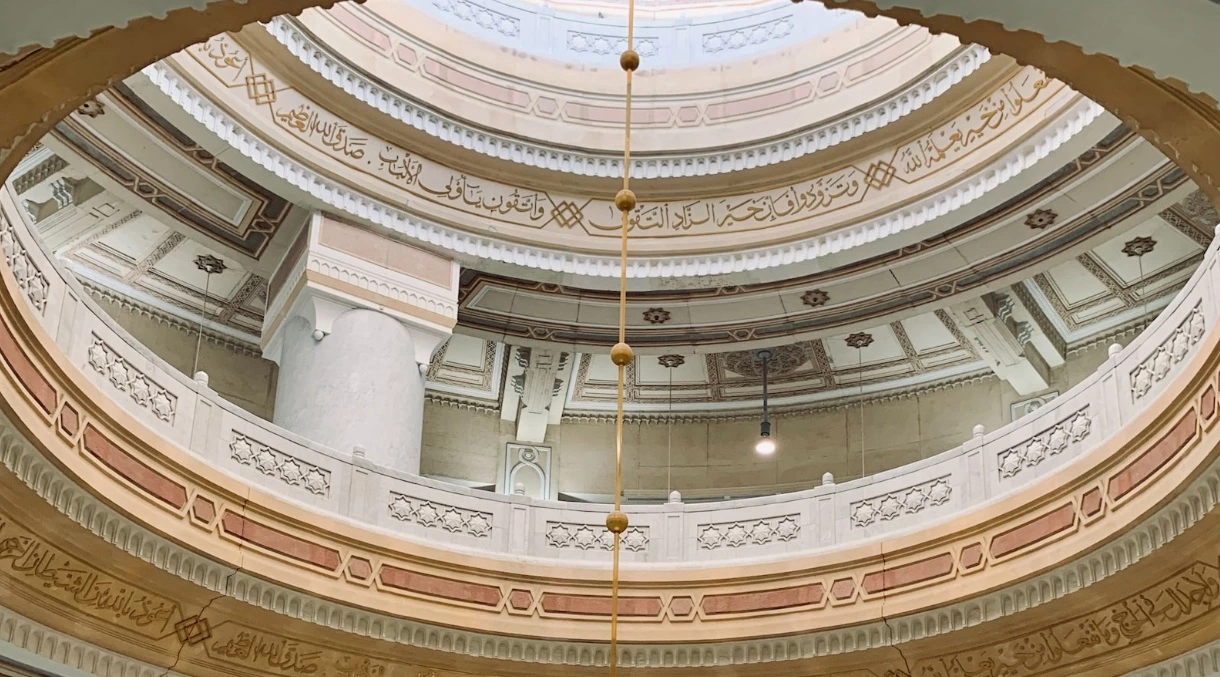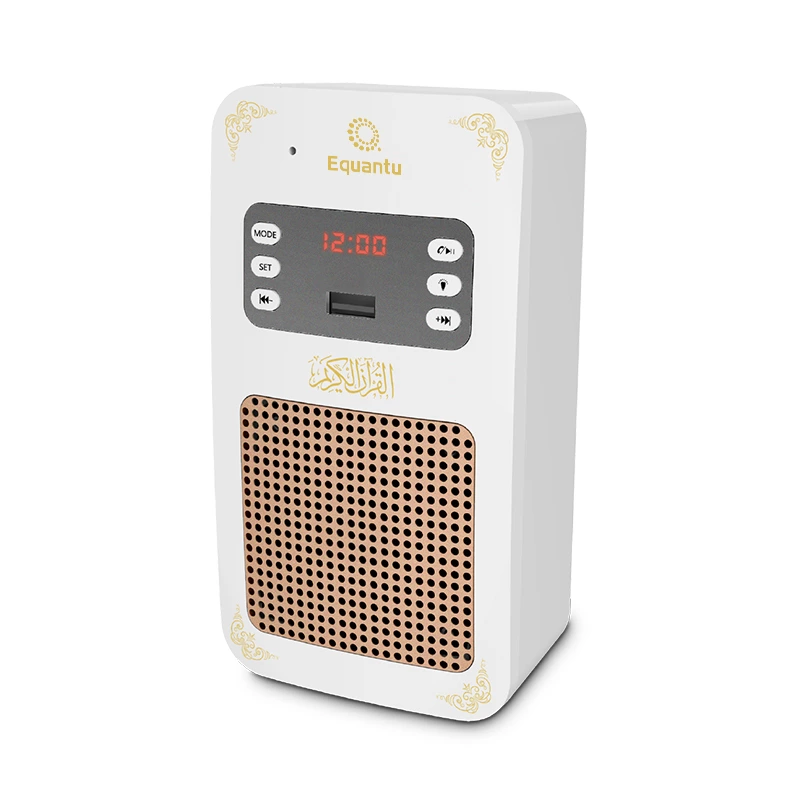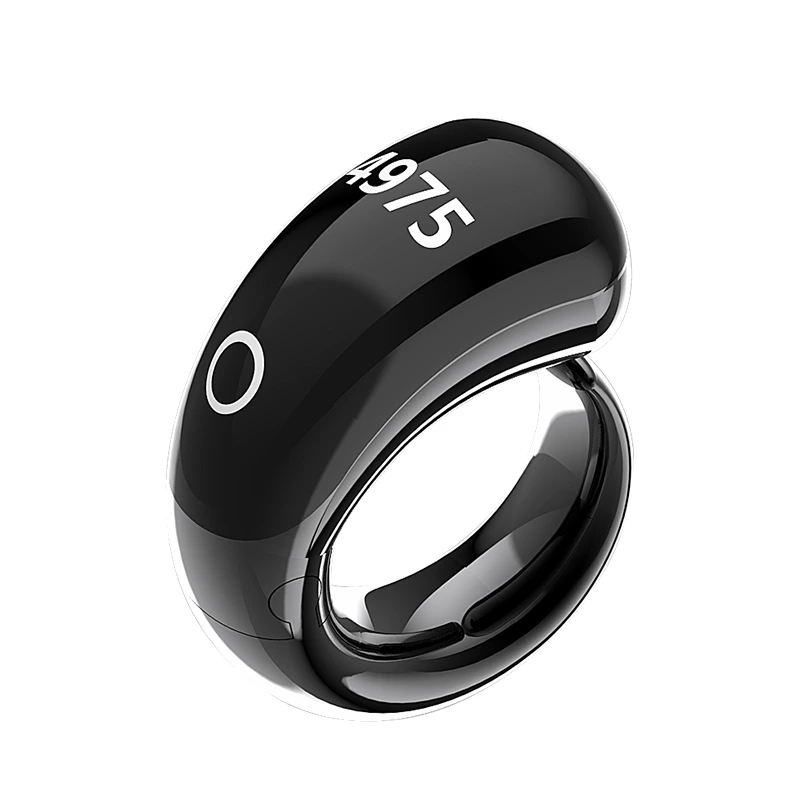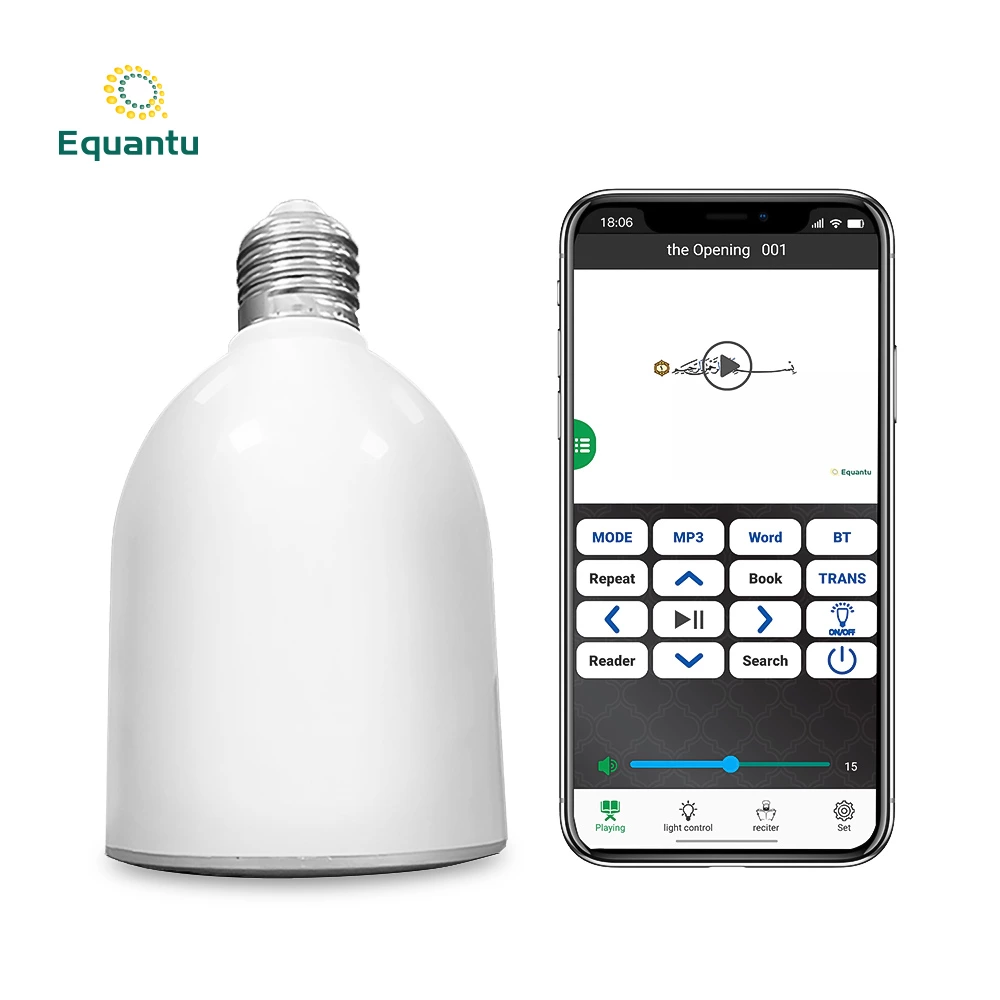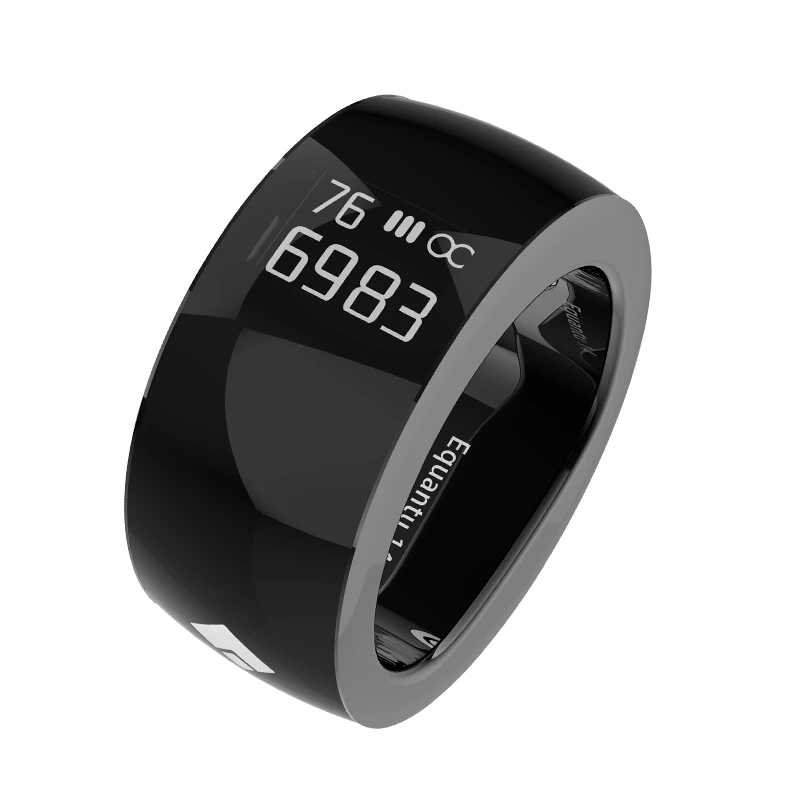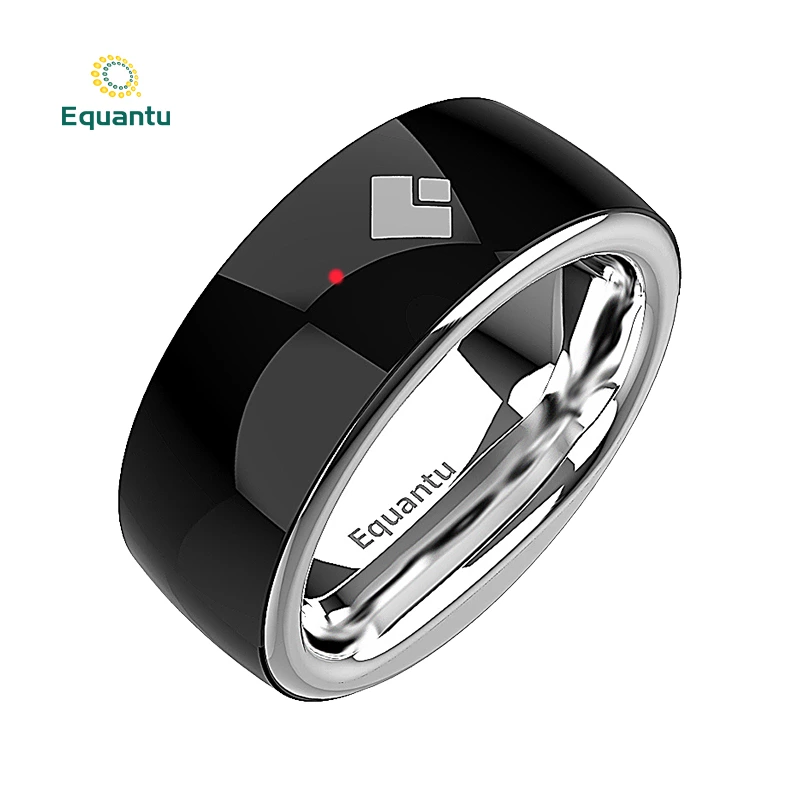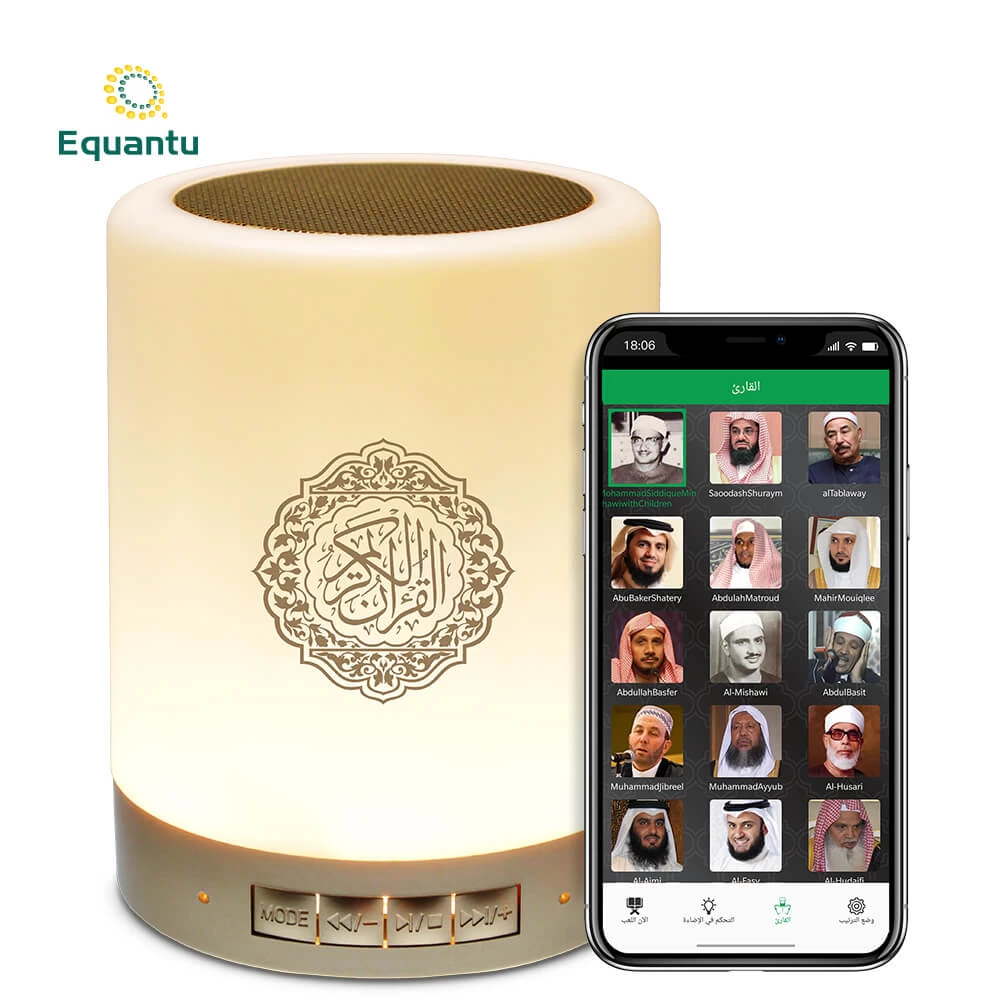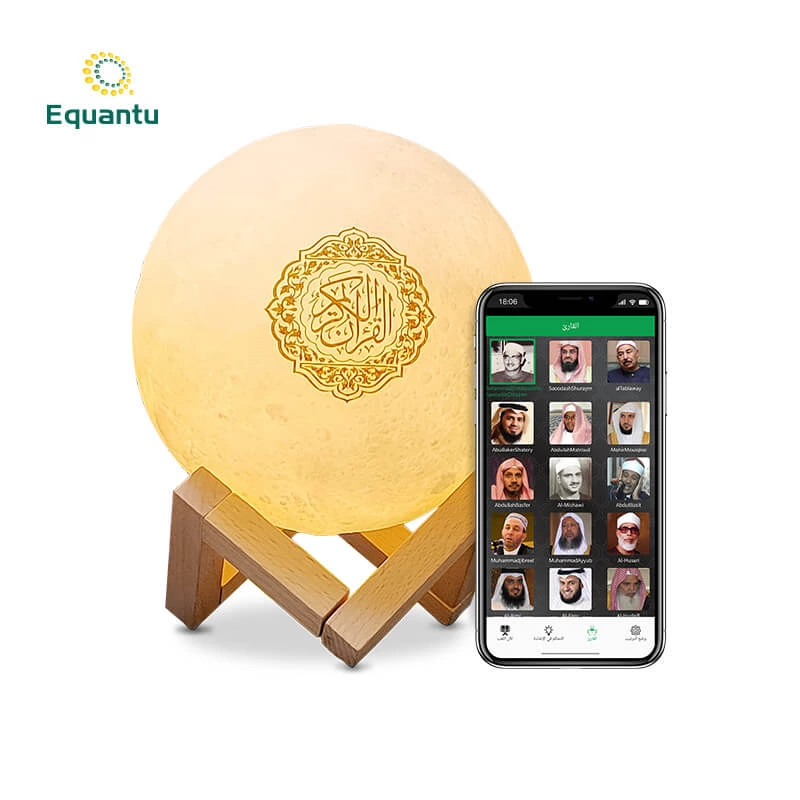Early Beginnings: Traditional Modesty
Muslim fashion has always been deeply influenced by the principles of modesty and humility, as outlined in Islamic teachings. Traditional garments such as the abaya, hijab, and thobe have served not only as cultural identifiers but also as expressions of faith. These garments emphasize covering the body in a manner that aligns with Islamic modesty standards, fostering a sense of dignity and spiritual connection.
The 20th Century: Western Influence and Adaptation
The 20th century marked a significant shift in Muslim fashion as Western styles began to permeate Muslim-majority countries. This era saw the introduction of tailored suits, dresses, and casual wear that incorporated Islamic modesty principles. Designers started experimenting with cuts, fabrics, and embellishments to create garments that were both fashionable and compliant with religious guidelines.
The Rise of Global Muslim Fashion Brands
In recent years, the global Muslim fashion industry has flourished, with numerous designers and brands gaining international recognition. Brands like Haute Hijab, Aab, and Inayah have pioneered the movement, offering a wide range of stylish and modest clothing that appeals to modern Muslims. These brands have successfully merged traditional aesthetics with contemporary trends, making modest fashion accessible and desirable worldwide.
Contemporary Trends: Fusion and Innovation
Today's Muslim fashion is characterized by its fusion of various cultural influences and innovative designs. From athleisure to high fashion, modest wear has found its place in every segment of the fashion industry. Designers are incorporating elements like embroidery, lace, and bold prints into their collections, creating unique pieces that cater to different tastes and occasions.
Integration with Modern Islamic Products
Modern Islamic products like Quran speakers and Zikr rings seamlessly integrate with the evolving trends in Muslim fashion. For instance, Quran speakers designed with sleek, modern aesthetics can complement contemporary modest attire, serving as both functional devices and stylish accessories. Similarly, Zikr rings, with their intricate designs, can be paired with fashionable outfits, enhancing both spiritual mindfulness and personal style.
Conclusion
The evolution of Muslim fashion reflects the dynamic interplay between tradition and modernity, faith and individuality. As the industry continues to grow and innovate, it remains rooted in the principles of modesty and spiritual expression. By embracing contemporary trends and integrating modern Islamic products like Quran speakers and Zikr rings, Muslim fashion continues to thrive, offering believers stylish options that honor their faith and lifestyle.
